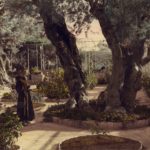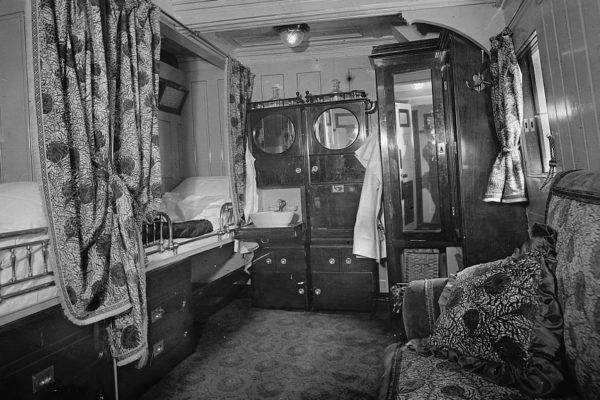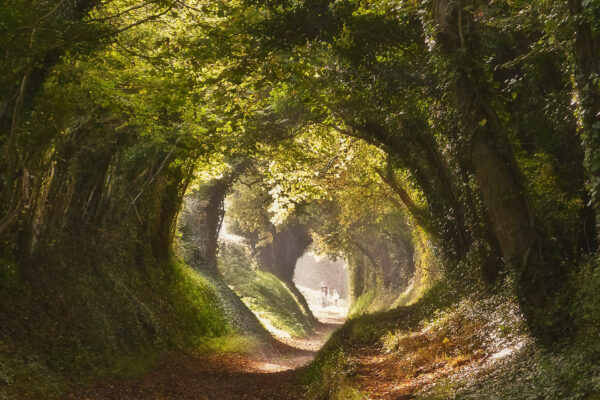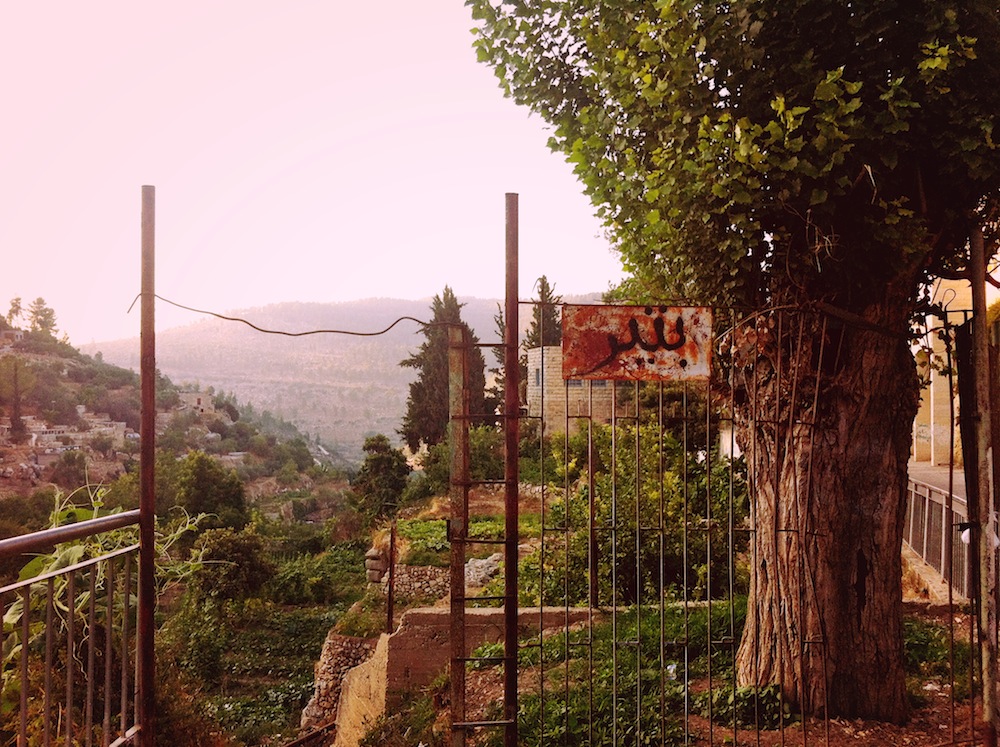
These are not the rolling hills of Tuscany. This is the Palestinian village of Battir in the West Bank hills near Bethlehem; a land of olive groves, grape vines, fig trees and seven natural springs that feed ancient agricultural terraces of rich soil planted with green beans, zucchini and eggplant so sweet you can eat it like a cucumber.
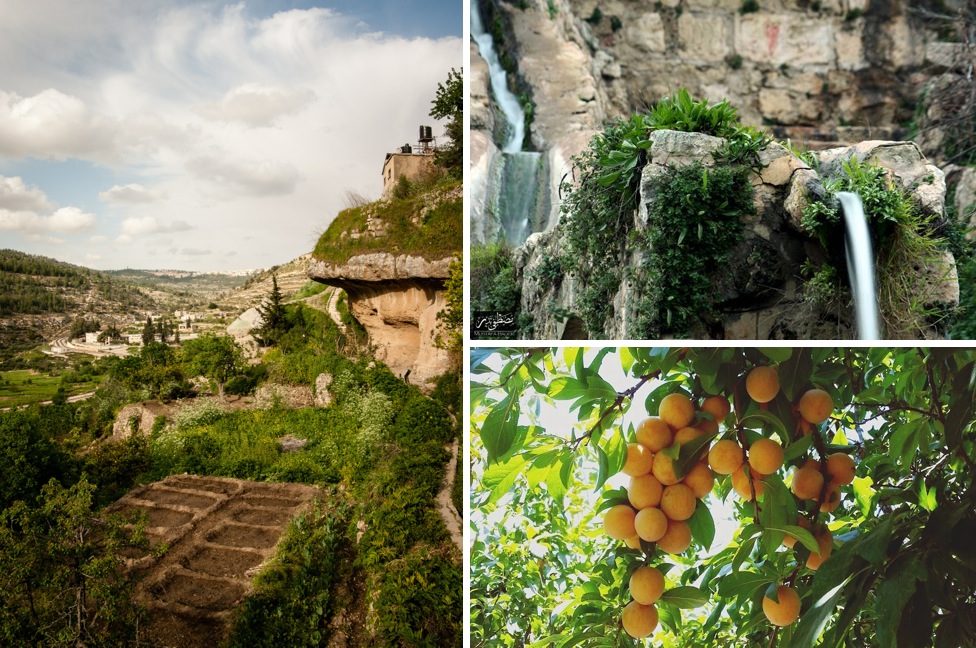
(c) Andrea Moroni / via Battir Lanscape Museum
The daily conflict that plagues the West Bank and Gaza seems so far from this agricultural paradise, where village elders grew up tending to the gardens and sleeping under olive trees, lulled by the sound of water trickling down into Roman-era cisterns.
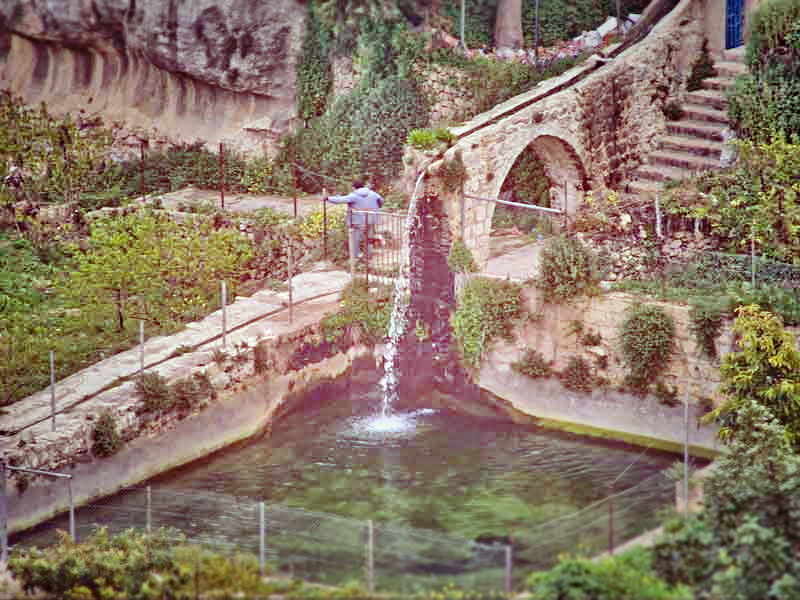
(c) UNESCO Media Services
I don’t want this article to serve as a platform for political standpoints – we all see enough of it everyday on our newsfeeds– but simply as a reminder, an appreciation, that in a land so overshadowed by war and heartbreak, such a place exists, hopefully for a long time to come.
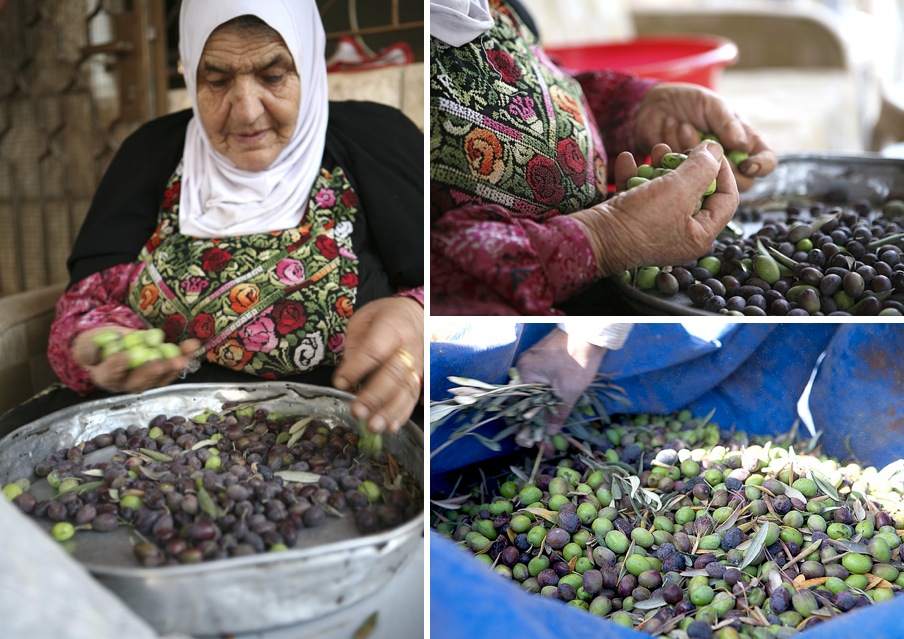
(c) Philip Touitou
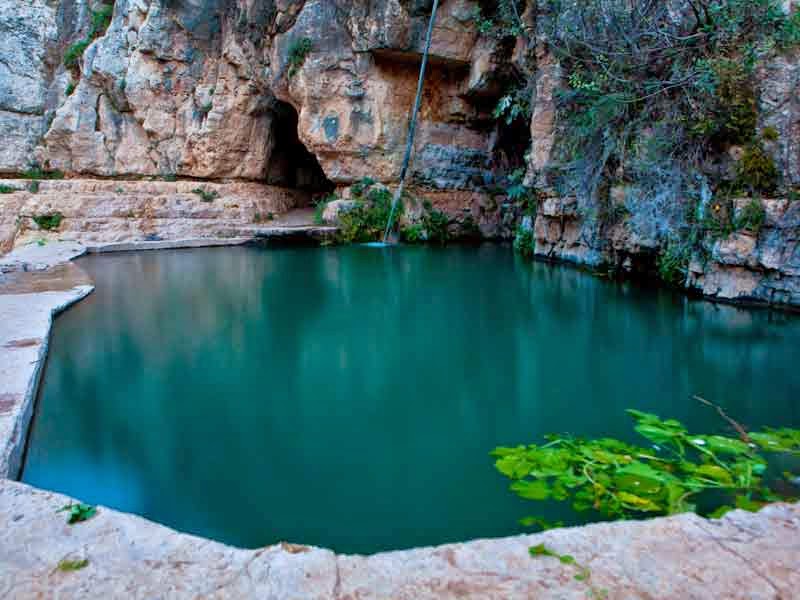
(c) UNESCO Media Services
Located a few kilometres south-west of Jerusalem, the village Battir is nestled in a series of farmed valleys with hand-made stone terraces, known as widian. The lush landscape is dotted with Roman tombs and ruins from pre-historic bygone civilizations.
In Battir, there are eight days in a week, not seven. The eight local extended families responsible for alternating daily shifts, tend to the crops the old-fashioned way– no heavy machinery, just traditional farming techniques that have been passed down for centuries.
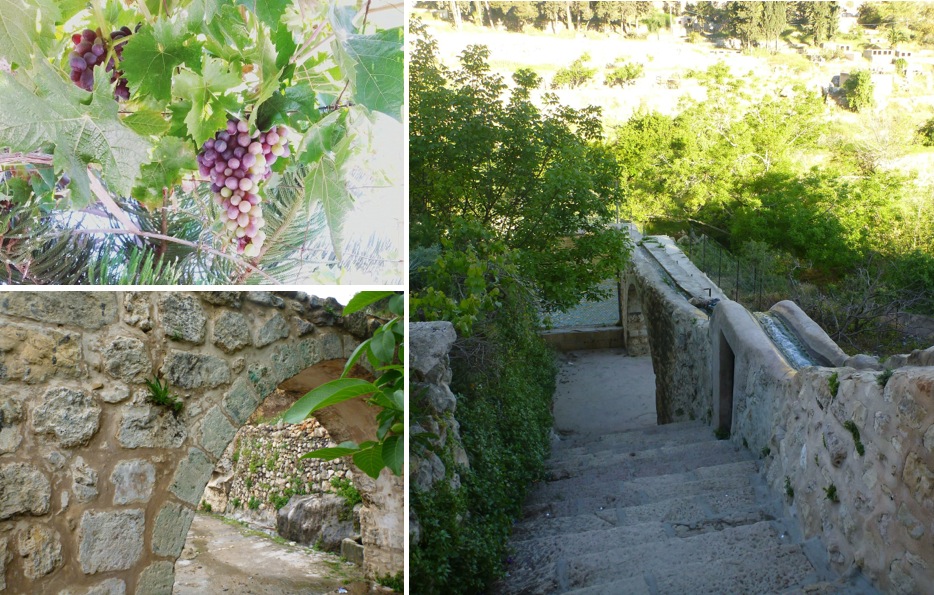
(c) Battir Lanscape Museum
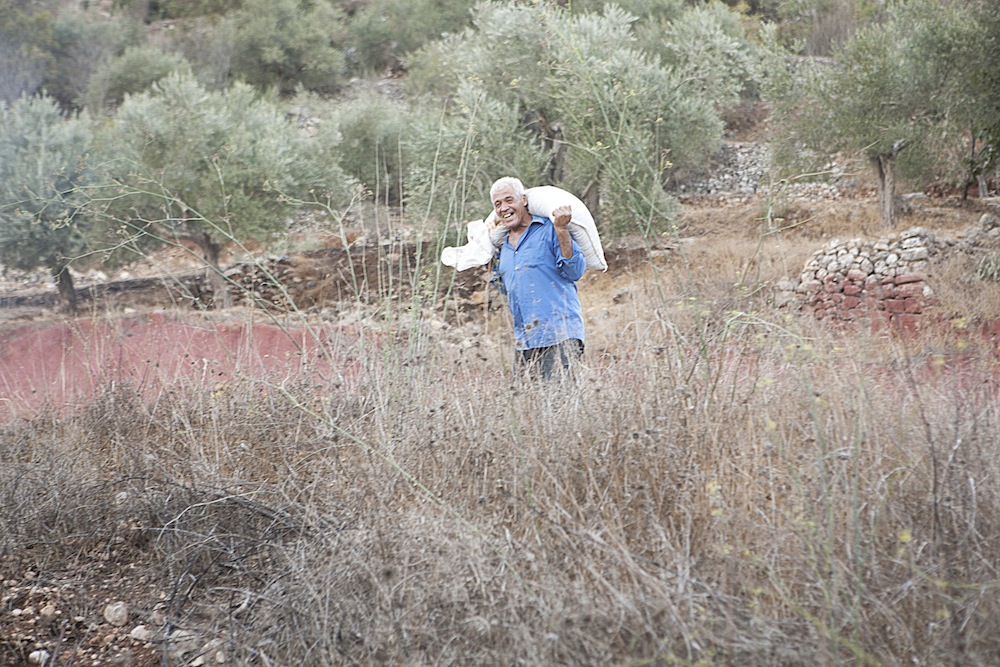
(c) Philip Touitou
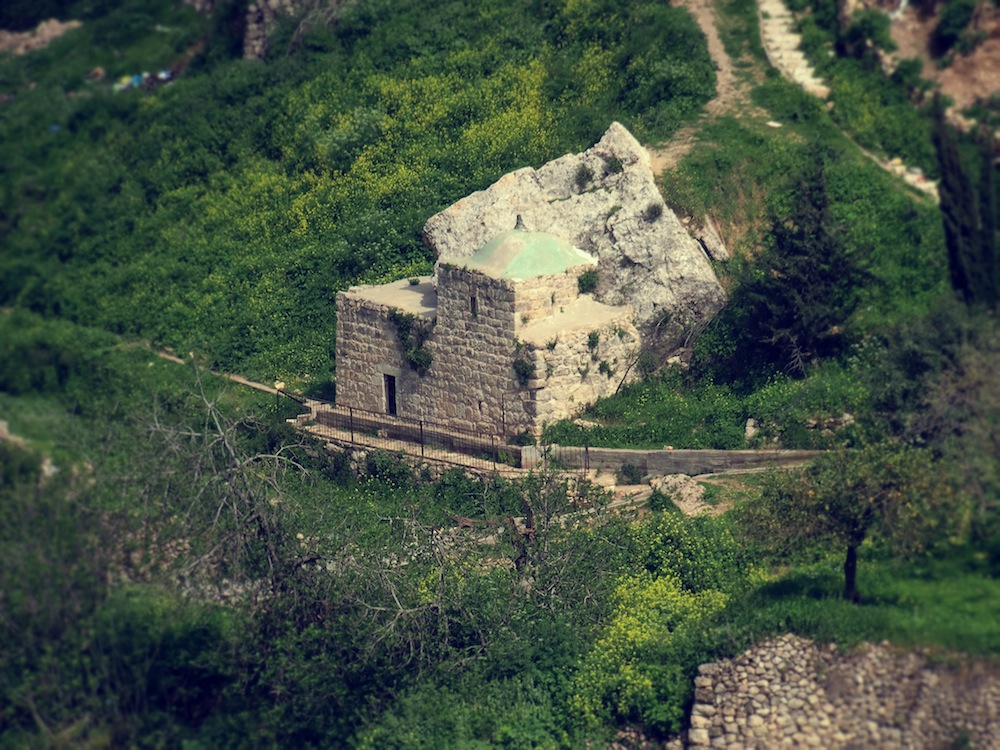
You could say that Battir is essentially a living cultural heritage site. And fortunately, UNESCO agrees. Last June, the village was named a World Heritage Site after a tireless campaign spearheaded by both Palestinian and Israeli environmental organizations finally succeeded in a move to protect Battir from transformations that could have brought irreversible damage to the area.
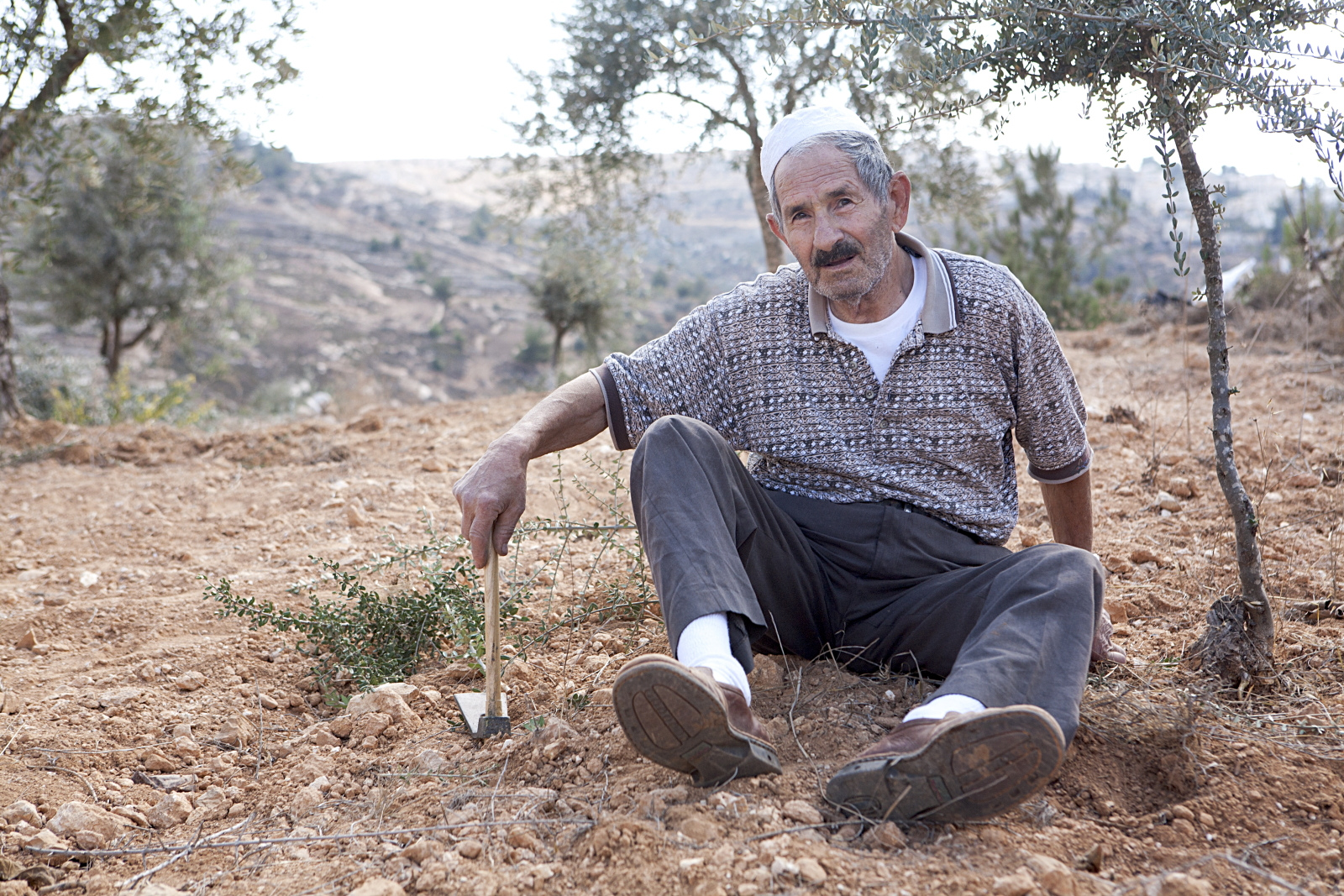
(c) Philip Touitou
Before UNESCO stepped in, there was the imminent possibility that Battir would have been greatly affected by the construction of an Israeli security barrier through the valley, which would have separated and isolated farmers from the fields they have cultivated for generations. Thanks to an unparalleled cross-cultural cooperation, the decision has saved the loss of thousands of years of cultural heritage for both the Palestinian and Israeli people– and even those of us who one day hope to visit …
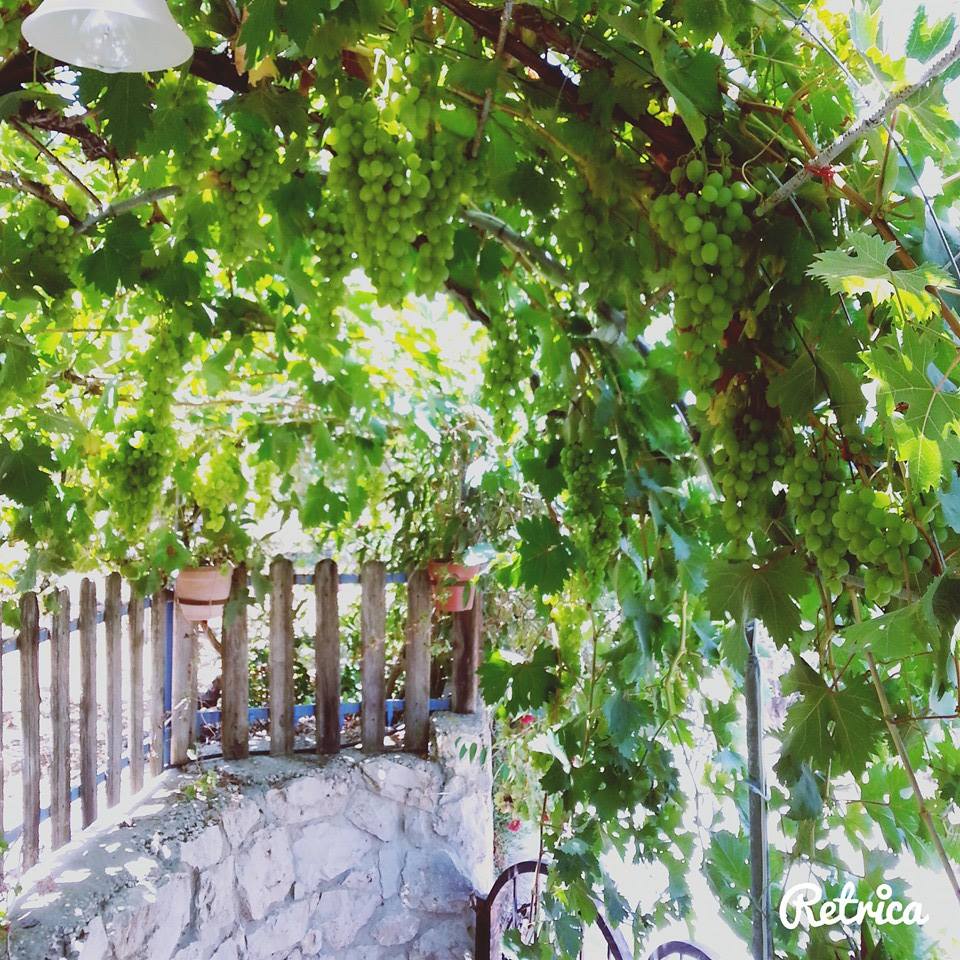
(c) Battir Lanscape Museum
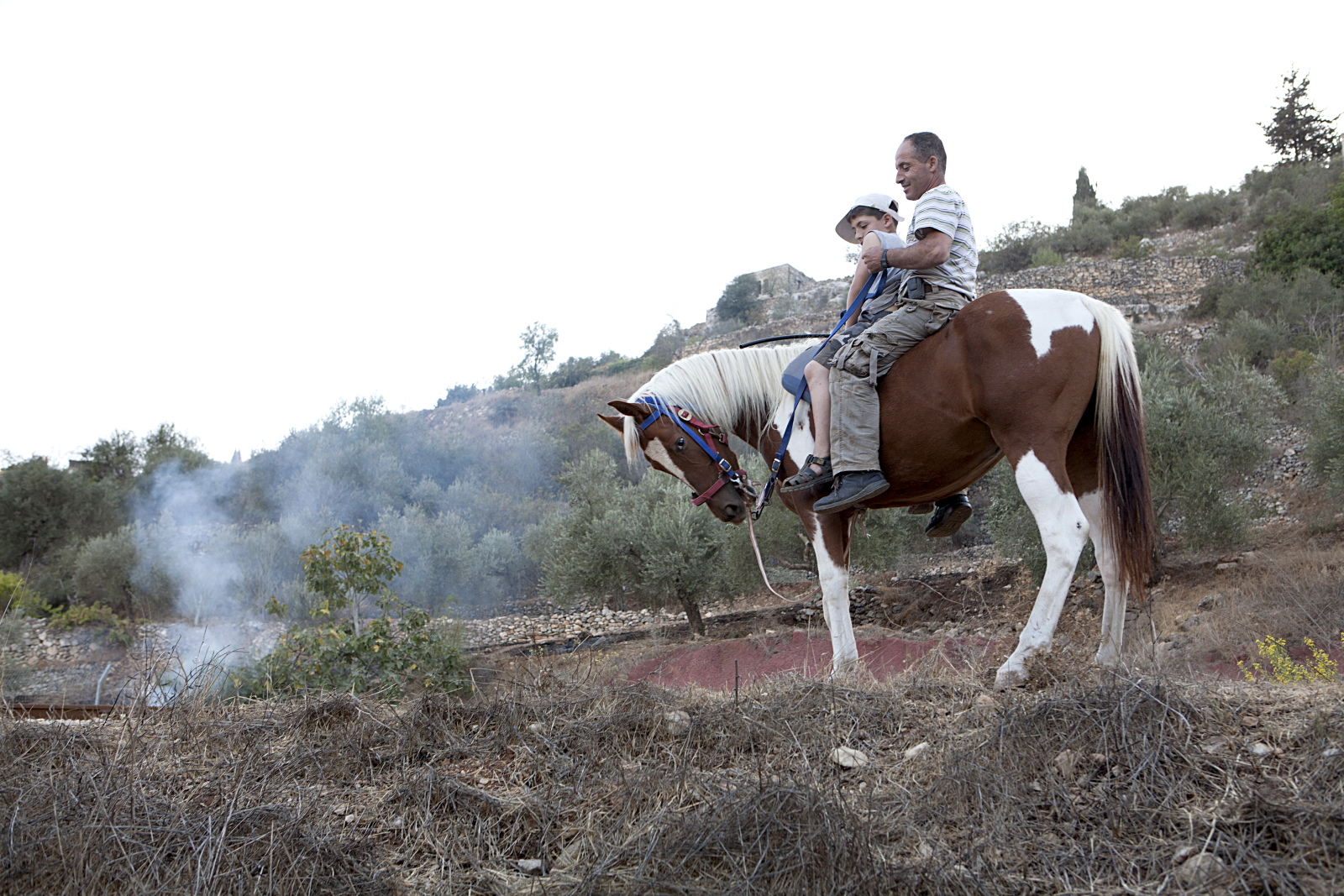
(c) Philip Touitou
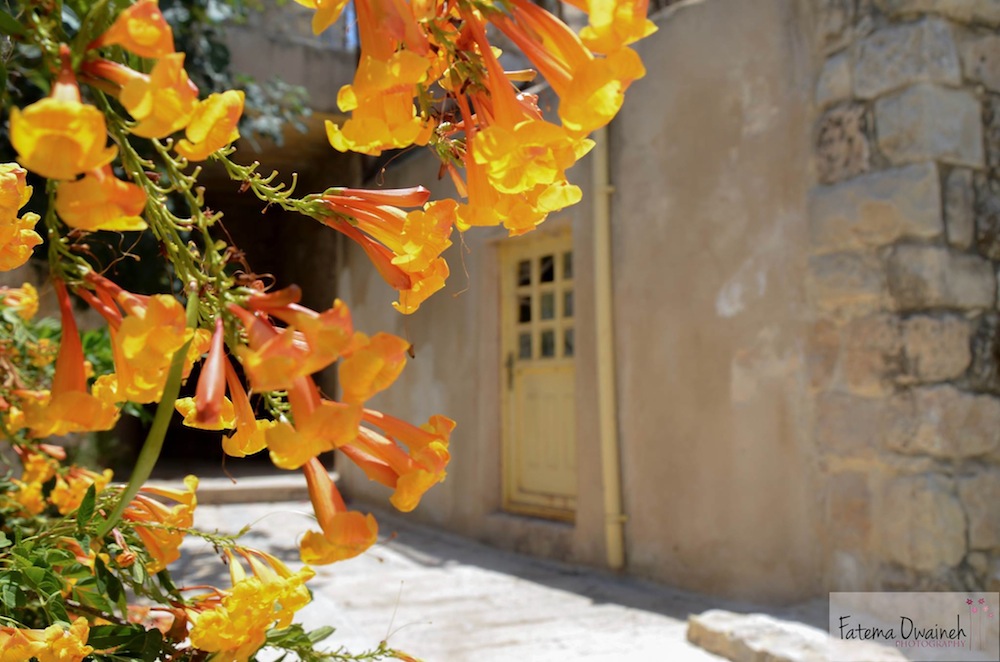
(c) Battir Lanscape Museum
In fact, visiting Battir isn’t all that far-fetched. In an effort to invite the rest of the world to become a part of their living history, Battir has built a new welcoming guest house and ec0-museum, built inside one of the oldest buildings in the village.
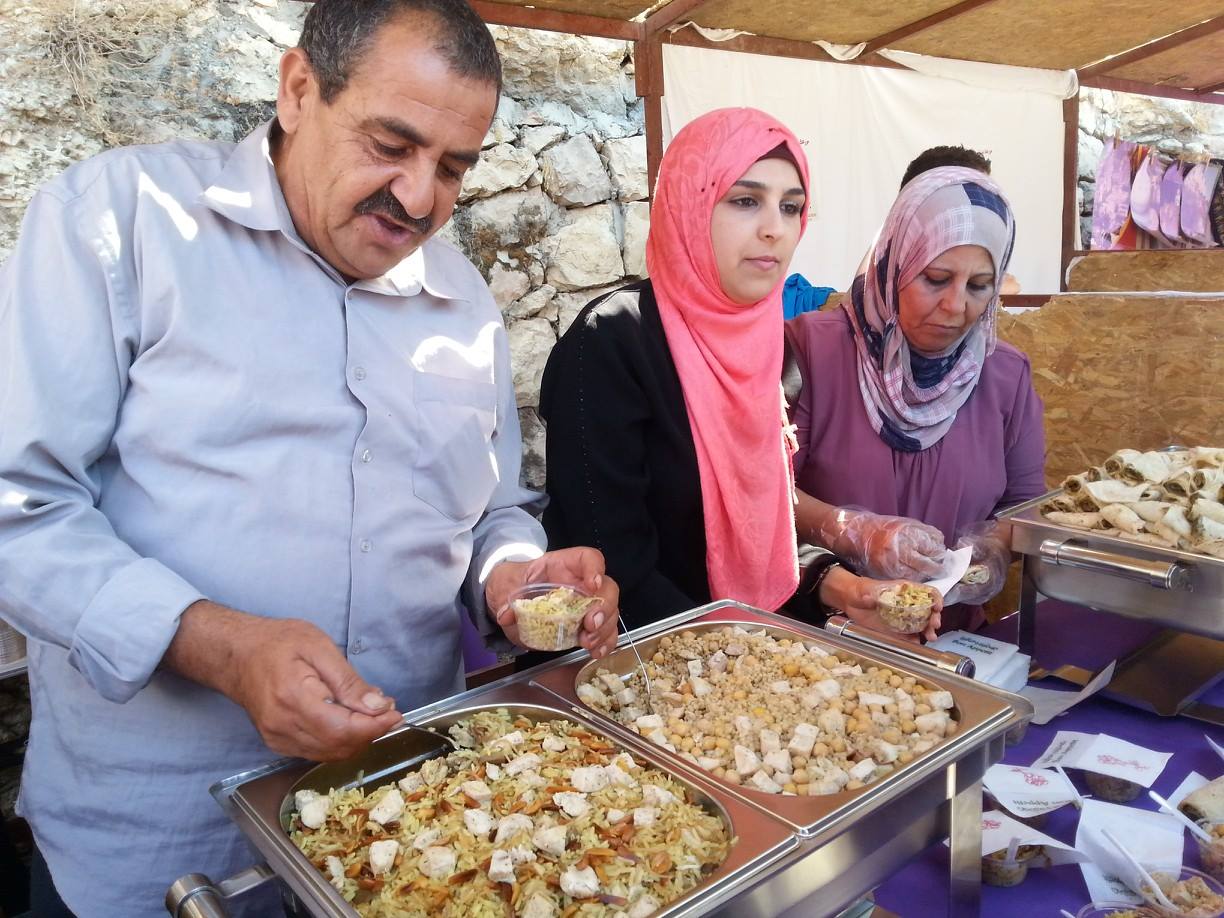
(c) Battir Lanscape Museum
There are also footpaths and hiking trails that take visitors around the entire parameters of Battir, visiting all its ancient sites and beautiful views from the prehistoric hilltops.
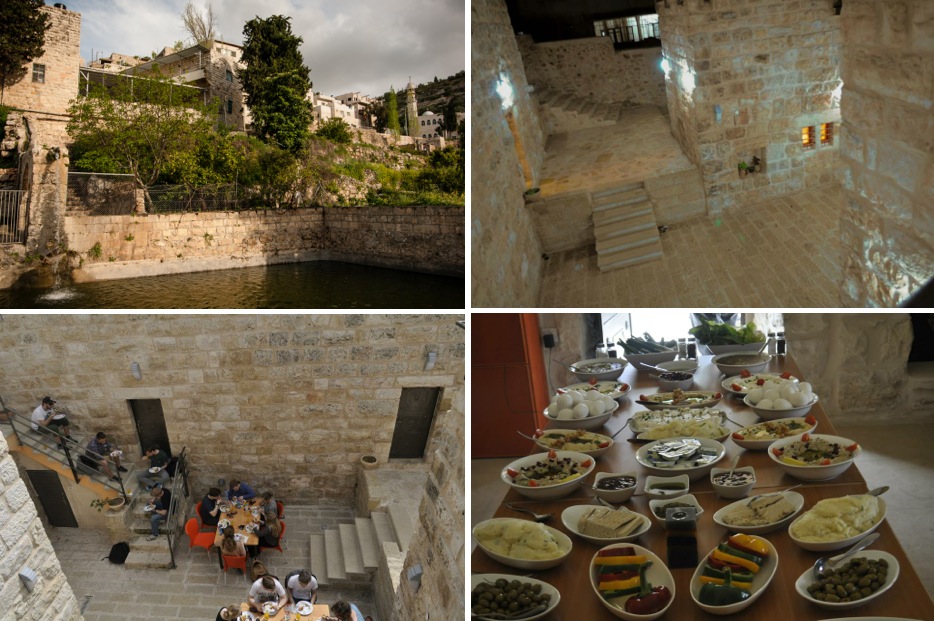
(c) Andrea Moroni / (c) Batti Lanscape Eco Museum
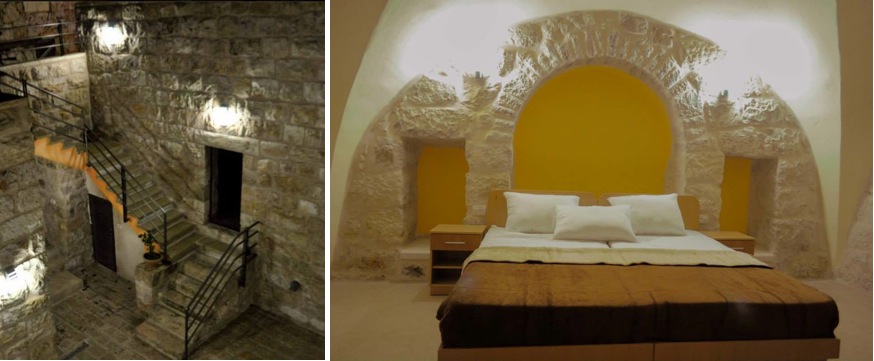
Up until the 1940s, you could reach Battir by train. It was the last stop before Jerusalem, transforming the station’s platform into a bustling farmer’s market for the villagers to sell their fresh produce.
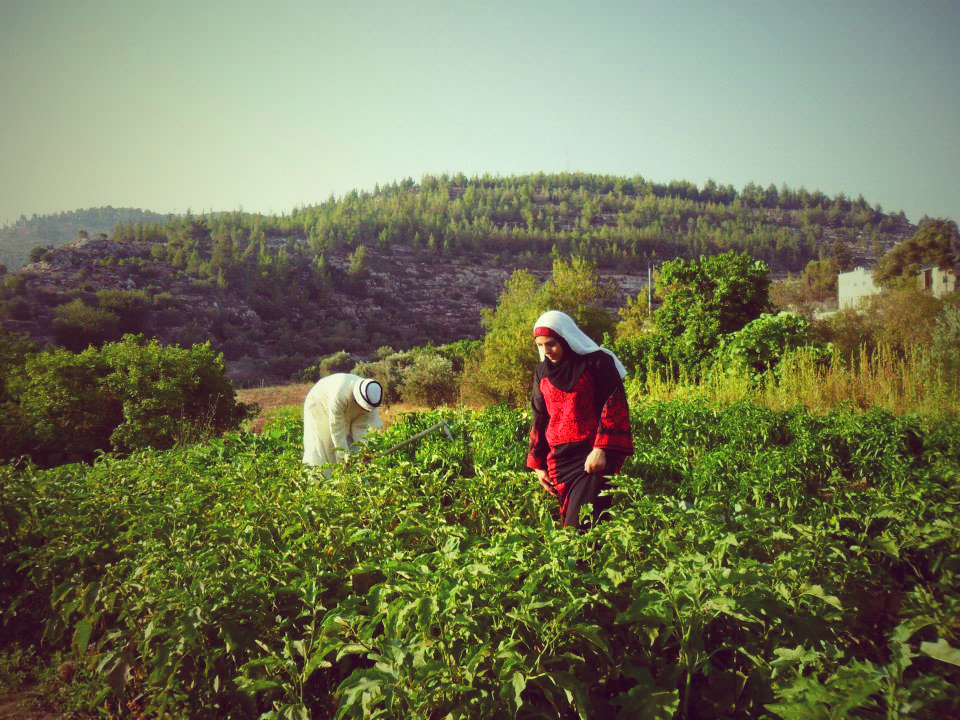
(c) Battir Lanscape Museum
Today the railway no longer stops in Battir and its connections with Jerusalem have faded, leaving the small community somewhat isolated from the rest of the world. But against all odds, Battir had kept up with the times. Proudly maintaining a zero illiteracy rate thanks to a town elder (who pioneered for the first girls’ school to be built in 1951), the people of Battir have made it clear that they do not want to be left in the past.
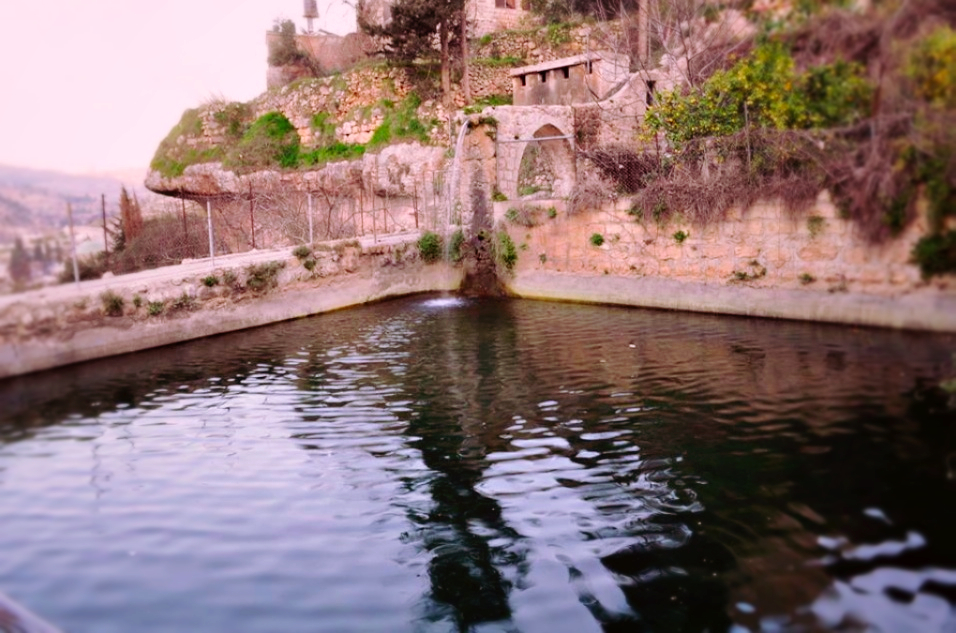
(c) Battir Lanscape Museum
All the Battiri families have an equal claim of the water collected over winter and share hard-working traditions in tending to their land and democratic community values. In 2011, the villagers lobbyed for the UN to build a road connecting Battir to Bethlehem. And of course now, Battir is on Facebook too.
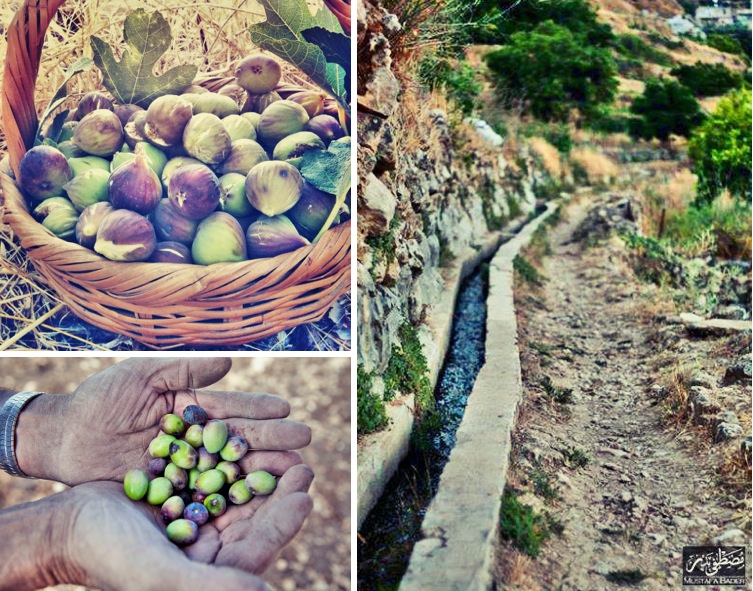
(c) Battir Lanscape Museum
Mix rich cultural traditions, peaceful, welcoming people and a landscape not far from what paradise surely looks like– what more could you ask for in a authentic journey off the beaten path?
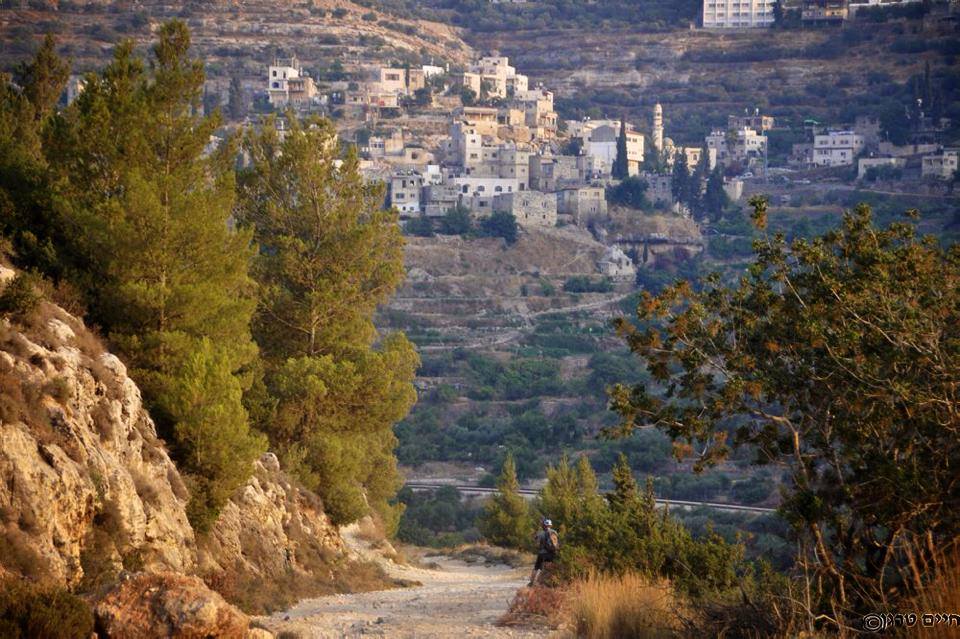
Battir may still have a long road ahead before travel agencies begin touting it as the “Tuscany of the Middle East”, but the longer it stays untouched and unexploited, the better the chances are of this time capsule of tradition remaining just as perfect as it is.
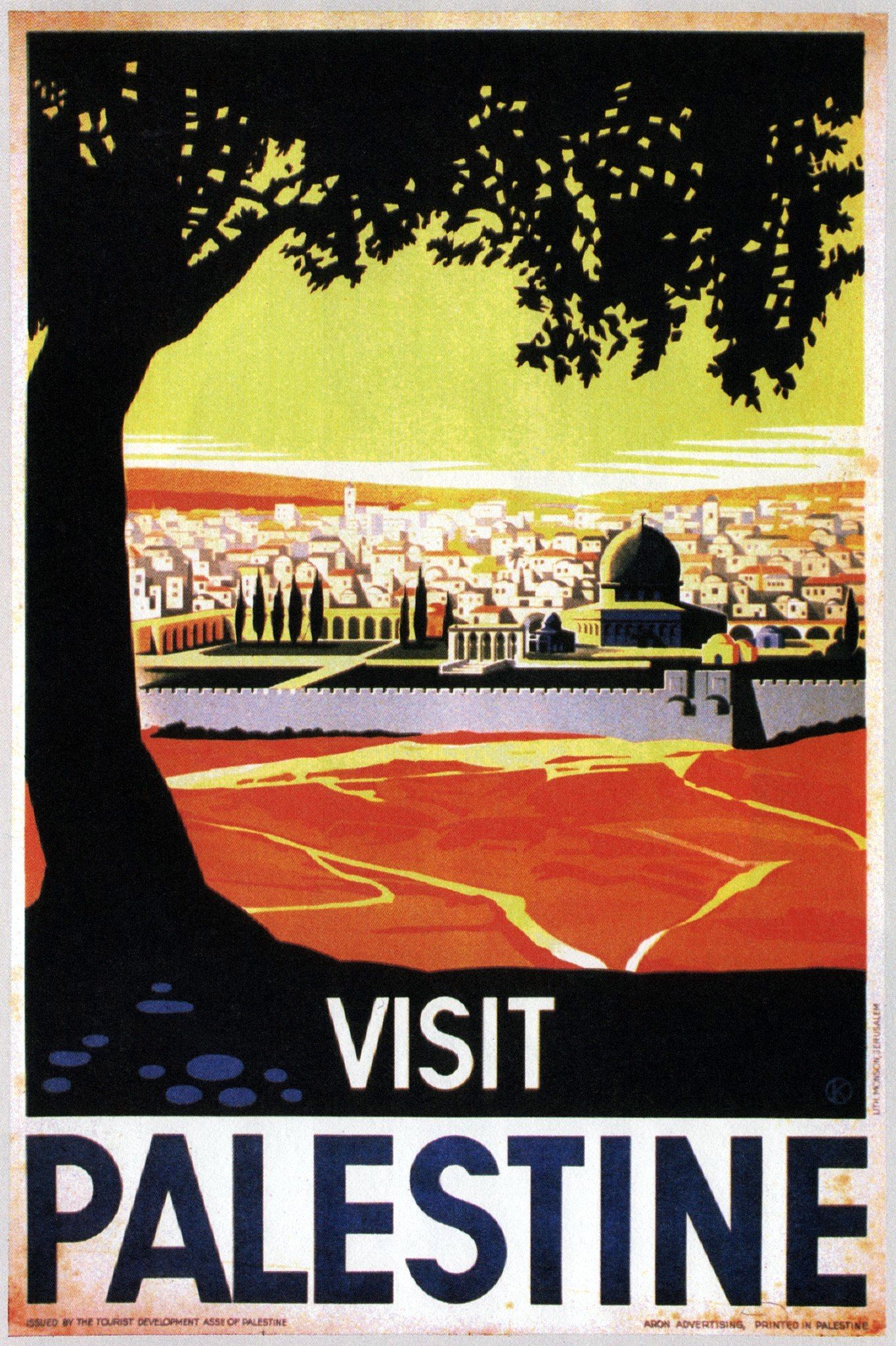
But I suppose it couldn’t hurt to start printing out a few of these old things again…



